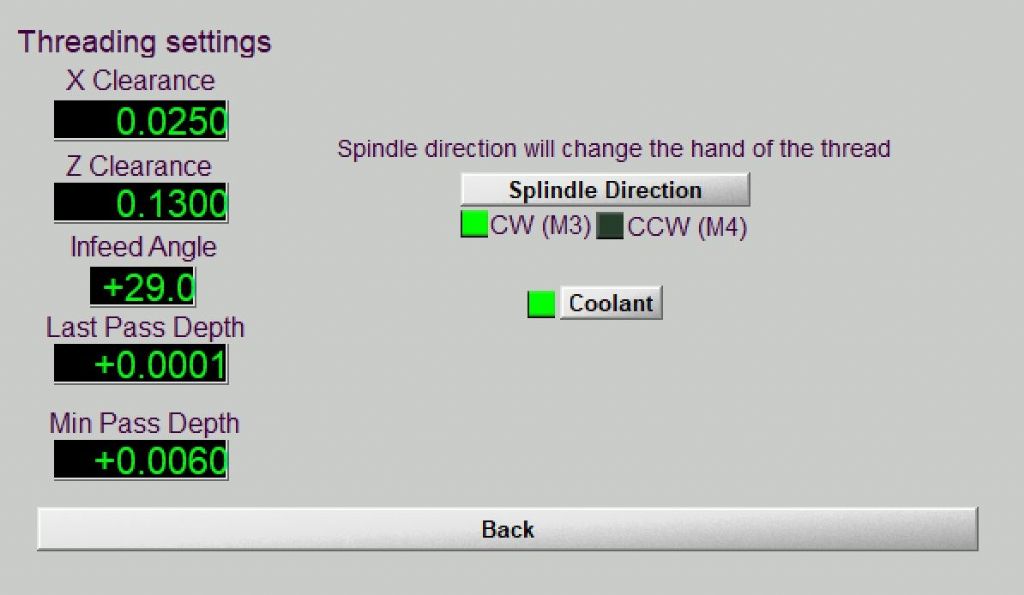Another example where our forefathers weren't consistent and it's too late to fix now.
I'm not aware of a Standard. Developers are free to choose which way is 'up', 'right' and 'forward', where the origin is, and whether spin is clockwise or anti-clockwise. So instead of having a clear Standard, we have to cope with different local conventions – what somebody thought was best at the time.
Many differences! For example, in maths, science, and engineering, it's conventional for graph paper to be laid flat on a table so that the X-axis goes right/left, and the Y-axis goes front/back. All fine and dandy until the graph is pinned to a wall, when the Y-axis is aligned on a line running to the earth's centre, which we call up/down. This is unfortunate, because by convention the Z-axis is up/down. More! The origin is conventionally bottom left on a graph, but not in computer graphics, where the origin is always top/left and Y is up/down.
The inexpensive DRO on my mill doesn't label the axes; I have to remember what the displays refer to. Not a problem until DRO is fitted to other machines, in which case I would urgently need to label them consistently. As I can't remember what day it is, I'd never get flipping axes right when moving between machines.
On the forum I avoid typing X,Y, Z unless the meaning is unambiguous. Safer I think to say up/down, right/left, or to&fro.
Dave
Edited By SillyOldDuffer on 28/01/2023 09:39:15
Clive India.





